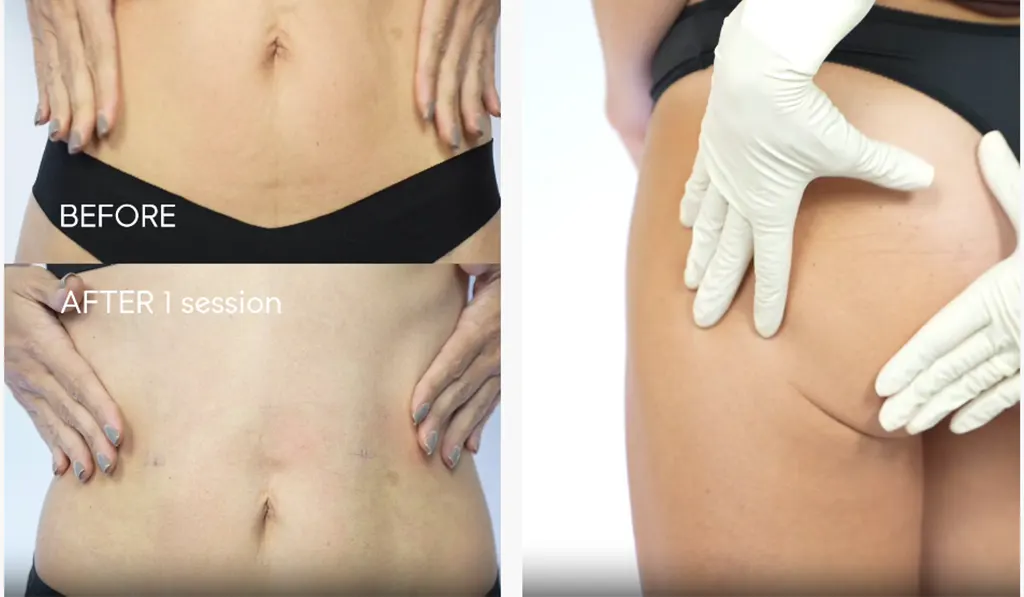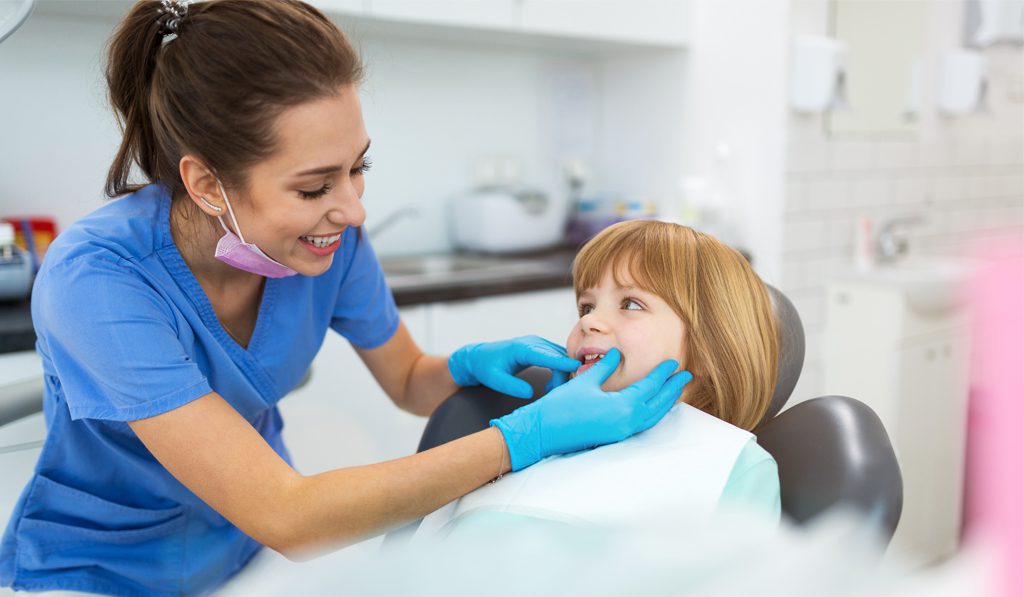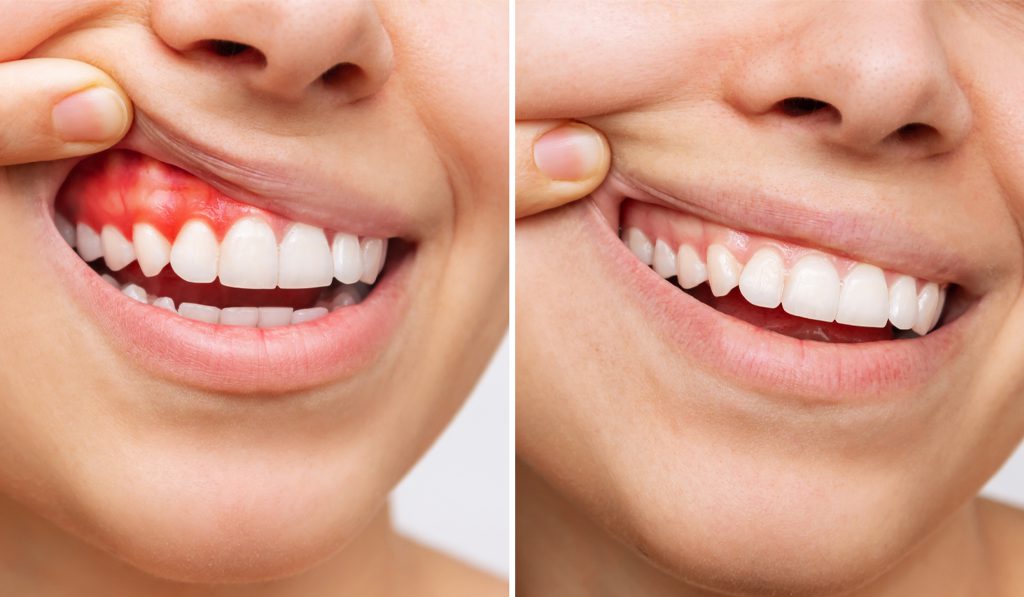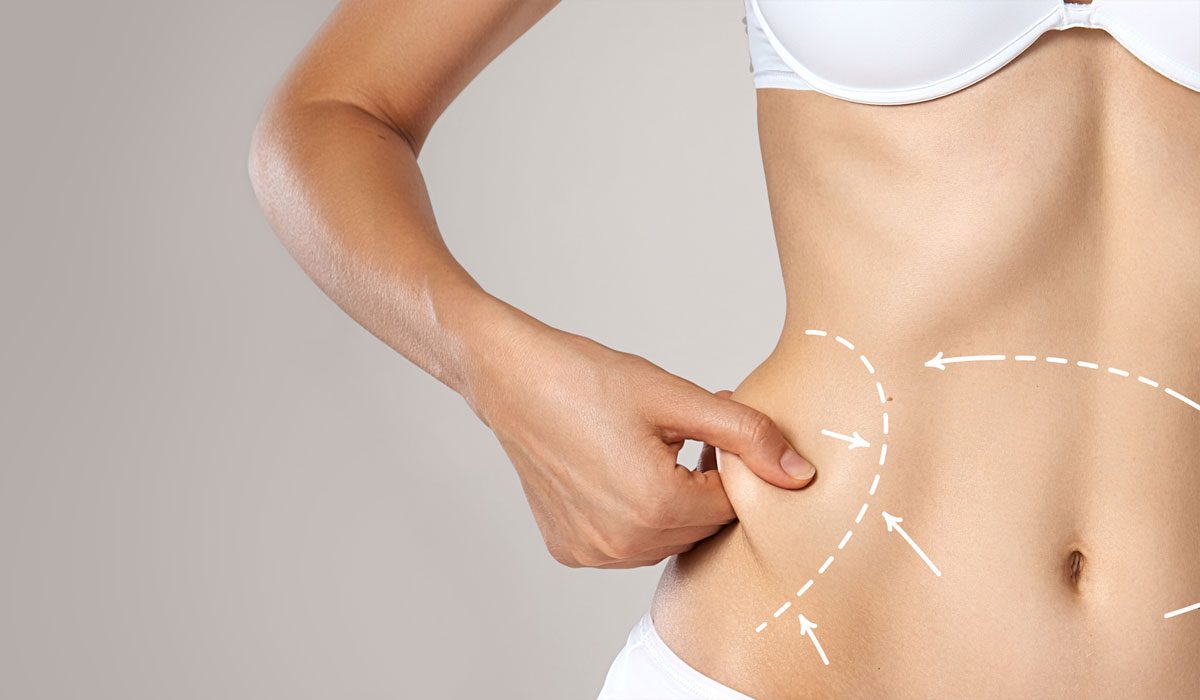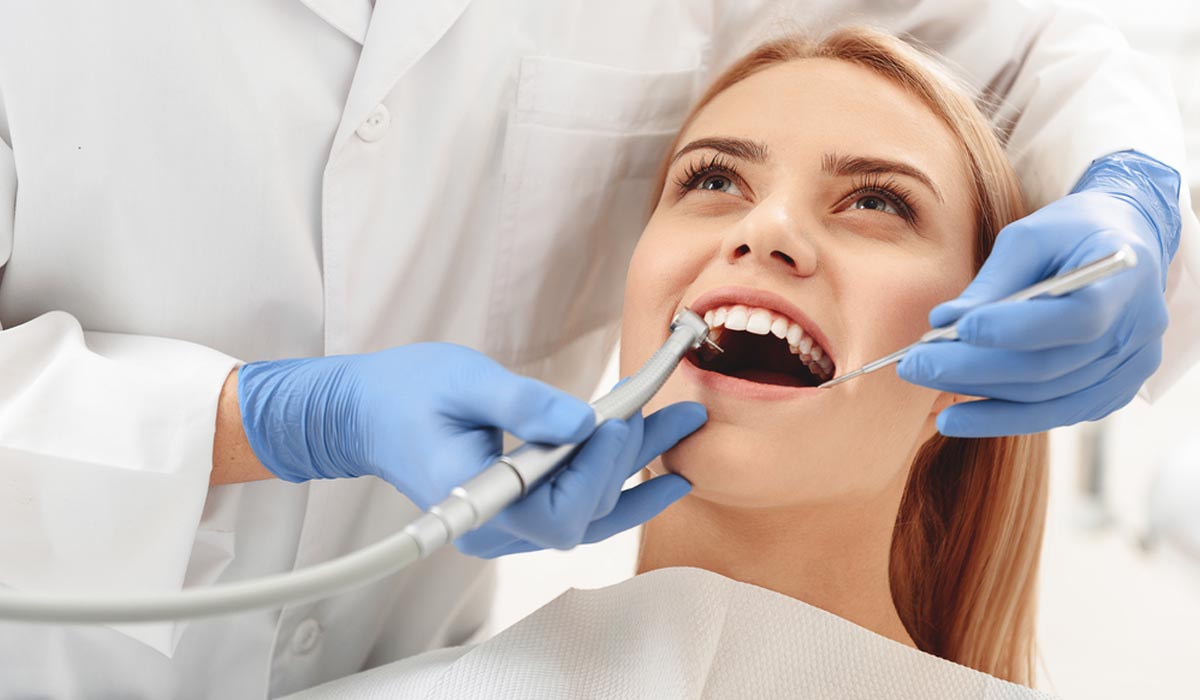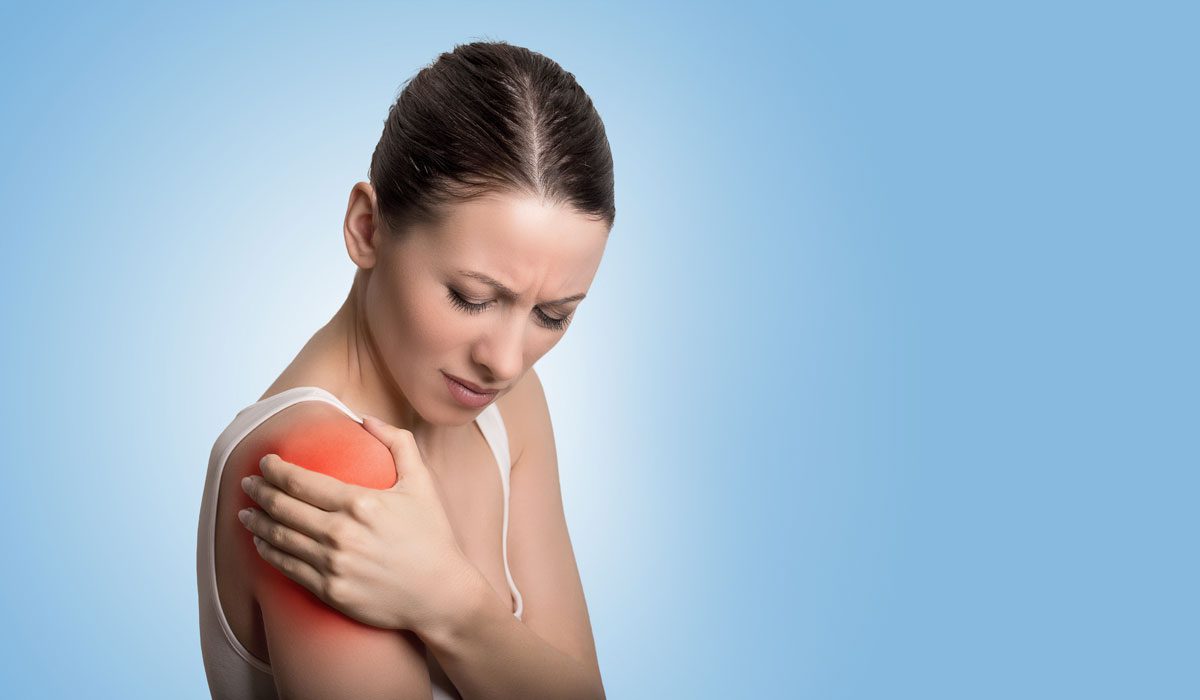Nail Diseases: Types, Symptoms, Diagnosis, Treatments
The nails on our toes and fingers are exposed to various external conditions. Therefore, these are vulnerable to disorders resulting from environmental abuse. Besides, sometimes our genes, poor hygiene, inappropriate diet, and lifestyle can also affect the health of the nails. In addition, many people wear very tight footwear, encouraging their nails to suffer.
Types of Nail Diseases
1. Fungal Infection or Onychomycosis
In this condition, white patches appear on the nails. If not white, the patches could be yellow. Other symptoms include nail thickening, brittleness, or separation from the nail bed.
People at Risk:
- Elderly people
- People with existing medical conditions like diabetes, peripheral arterial disease, venous insufficiency, and athlete’s foot
- Exposure, especially to the feet, in damp communal areas
- Excessive sweating
- Trauma
- A weak immune system
- Fungal infections in other body parts
Diagnosis
The doctor will prescribe specific laboratory tests. A nail clipping may also be taken as a sample and studied under the microscope.
Treatment
This disease will usually not go away on its own, and with treatment, it may take some time to cure, depending on the specific condition. You will be prescribed antifungal pills. In severe cases, the doctor might have the nail removed completely.
Prevention Tips
Fungal infections of the nails should be treated as early as possible. This is because there’s the risk of it spreading to other parts of the body. It can reappear after complete treatment; hence, you must take care. The ideal way to prevent the disease is by keeping your feet and hands clean, avoiding walking barefoot in damp places, and visiting a licensed nail salon.
2. Psoriasis
An autoimmune disease, Psoriasis is a condition that primarily affects the skin. It is commonly seen on the knees, elbows, and scalp. It is characterized by scaly and itchy patches or plaques. At times, even the nails get affected.
The nail-centric symptoms include separation of the nail from its bed, discoloration, build-up underneath, and the formation of nail pits. The condition can worsen if not taken care of and addressed at the onset. It can cause permanent damage to the nails, hands, and feet.
People at Risk:
- Parents suffering from Psoriasis
- Smoking & Alcohol consumption
- Skin infections
- Strep throat infection
- Cold and dry weather
- Skin injuries
- Certain types of medications
Diagnosis
Other than a physical examination, the doctor might suggest some lab tests to confirm the disease.
Treatment
- Phototherapy, where UV light is used to treat the area
- Systemic medications
- Biologics injections are administered under the skin
- Topical drugs like corticosteroids for rubbing on your nails and cuticles
Prevention Tips
A good nail care regime can help prevent this disease from recurring. Have your nails trimmed short, and file the edges smoothly. Wear gloves while working with your hands. Always wear comfortable shoes to prevent the worsening condition of your toenails.
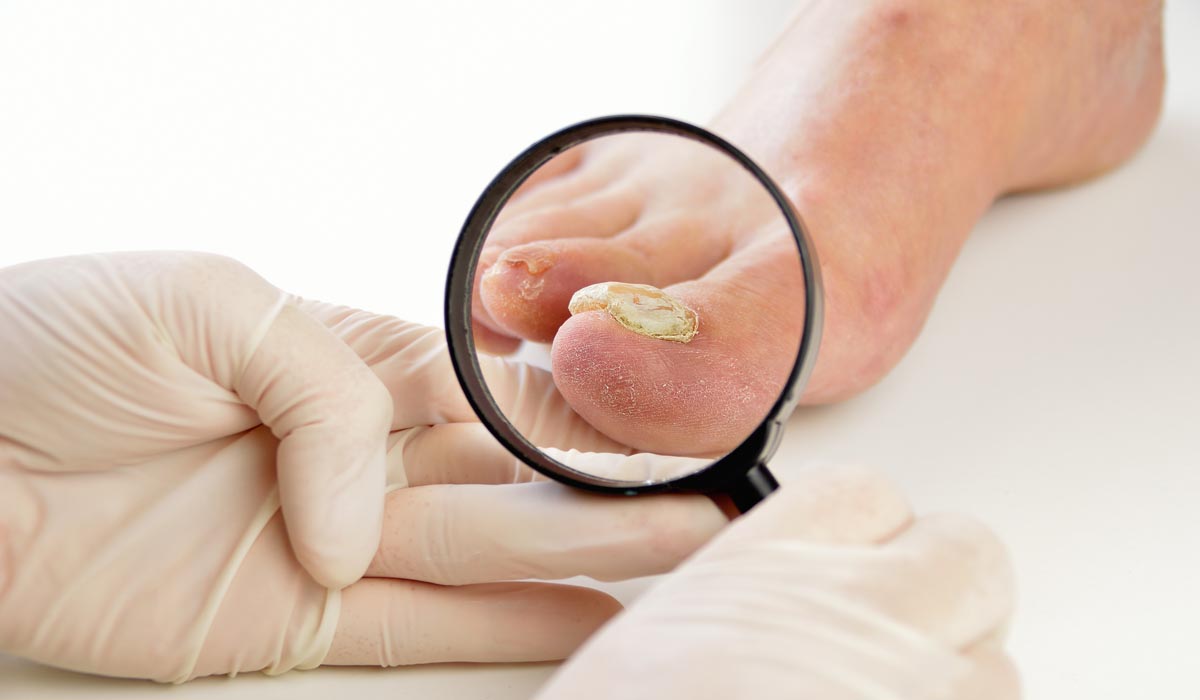
3. Lichen planus
This is also a skin condition that can affect the nails and other body parts. The inflammatory disease can lead to nail splitting, thinning, or ridging. Like Psoriasis, Lichen planus can permanently damage the nails, with people often losing a nail.
People at Risk:
Studies related to the cause and risk factors are ongoing. It is an immune disorder, and researchers believe that one of the triggers is the person’s genes. While oral lichen planus is more common and can have severe repercussions, a diseased nail is no less concerning.
Diagnosis
A healthcare provider uses various methods to detect this condition. Allergy tests, a Hepatitis C test, and a biopsy are usually done to determine if the cell patterns are that of the disease or not.
Treatment
- Corticosteroids are usually prescribed in the form of an ointment or cream.
- Oral drugs will be prescribed to stop the infection.
- Immune response medicines are advised to strengthen the immune system of the body.
- Phototherapy is also a suggested treatment where UVB light is allowed to penetrate the epidermal layer of the skin at the infected area.
- A retinoid medication is usually recommended if the above methods do not produce the desired results.
Prevention Tips
Patients can take steps to prevent worsening a case of Lichen planus. Take care to keep the area injury-free. You should also stop smoking and drinking alcohol.
4. Onycholysis
In this condition, the nail separates from its bed. It usually arises from a skin infection. Symptoms include peeled-away nails, thickening or crumbling of nails, discoloration, and dents. Onycholysis can result in the permanent loss of nails if proper care is not taken and treatment is not initiated at the onset.
People at Risk:
- Exposure to certain kinds of chemicals
- Excessive nail filing
- Injuries
- Allergic contact dermatitis
Diagnosis
The nail clippings will be sent to the laboratory for fungal culture. Blood tests are recommended to find the systemic cause of the disease.
Treatment
The doctor will focus on finding the cause of onycholysis and treating the underlying conditions. Topical ointments or corticosteroids will be prescribed to treat the disease. If the person is suffering from other conditions like thyroid or vitamin deficiency, appropriate medications are advised.
Prevention Tips
Taking care of nail health can help prevent the recurrence or worsening of the condition. Trim and keep your nails short. Ensure that the nailbed is not exposed to activities that can cause trauma. The use of nail polish or remover is strictly a no-no. Wearing gloves is advised. You may be advised to soak your nail in antimicrobial solutions to prevent secondary infection.
Conclusion
Even though most nail conditions are not fatal, it is best to start treatment as early as possible. An existing nail condition can often be due to an underlying health condition. Leaving aside the cosmetic part, consulting with a doctor helps in the detection of other medical conditions. If the look of your fingernails or toenails has undergone a change or there is a health-related issue, it is best to seek advice from a medical expert.
Why 7DMC?
Our state-of-the-art Department of Skincare Treatment and Services is equipped with FDA-approved and European CE-approved technologies. Our specialists are some of the best in the profession and are recognized worldwide for their empathetic treatment procedures. With the promise of personalized care, you are sure to benefit optimally when you walk in through the doors of our medical center in Dubai.
References
healthline.com/health/onycholysis#treatment
cdc.gov/fungal/nail-infections.html
webmd.com/skin-problems-and-treatments/psoriasis/nail-psoriasis
dermnetnz.org/topics/onycholysis



